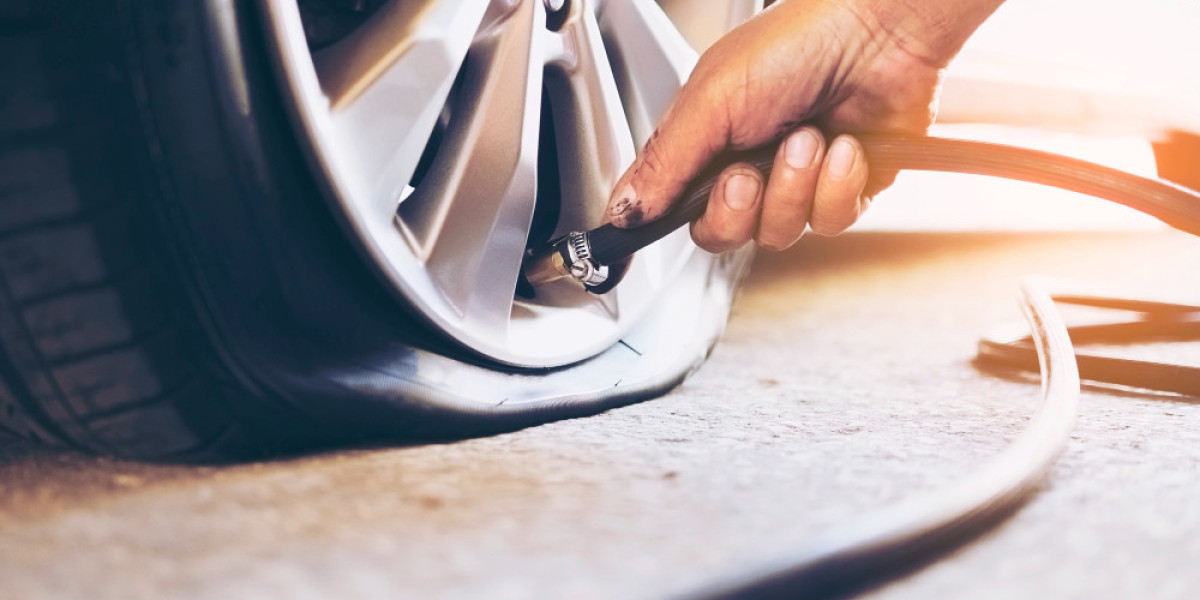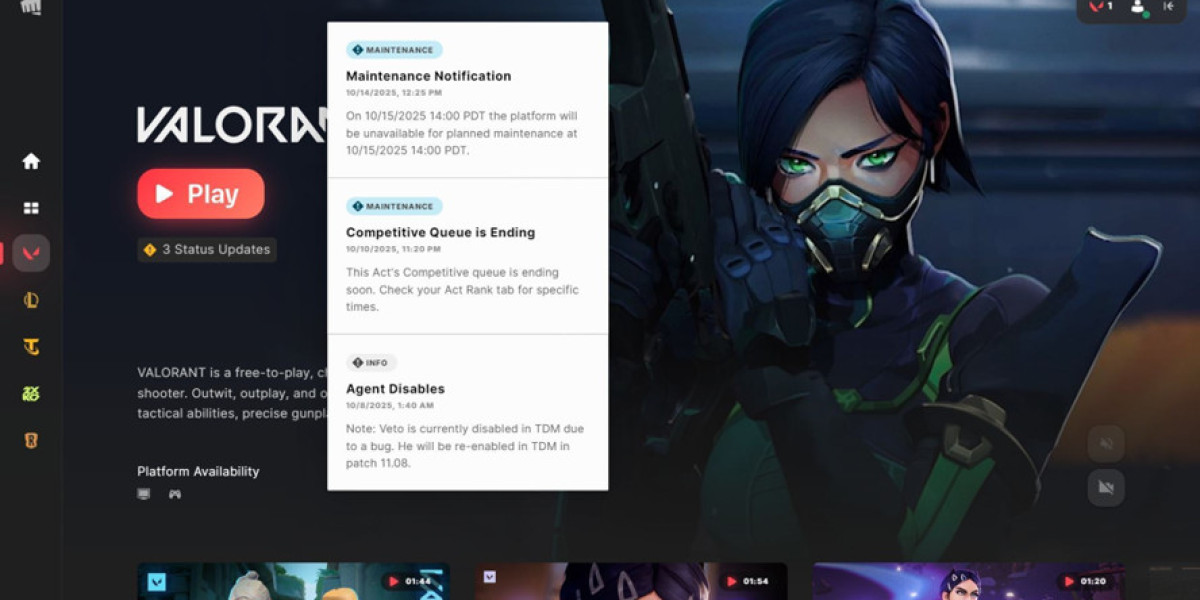Tyre Punctures: Causes, Prevention & What to Do When It Happens
A flat or punctured tyre is one of the most common roadside breakdowns motorists face — and it’s also one of the easiest to overlook until you’re stranded. At Crossroads Helpline — your reliable roadside assistance partner — we believe that understanding tyre punctures, how to prevent them, and what to do when they occur can save you time, money and stress.
What is a tyre puncture?
Simply put, a tyre puncture happens when an object pierces the tyre’s outer surface, allowing air to escape. This causes tyre pressure to drop, possibly dramatically depending on the size and location of the damage. If unattended, the tyre may go completely flat, risking damage to the wheel rim, loss of control of the vehicle, and potentially unsafe driving conditions.
Common causes of tyre punctures
Several factors contribute to tyre punctures; some are within your control and some not. Here’s a breakdown of the most frequent causes:
Sharp objects on the road – Nails, screws, glass shards, metal fragments and debris are the classic culprits. Driving over such objects, especially at slow speeds or while turning, increases the chance of puncture.
Poor road surfaces – Potholes, uneven surfaces, broken tarmac and exposed edges can damage tyres. The impact may cause side-wall cuts, bulges, or embedding of sharp fragments.
Under-inflation / Over-inflation – Tyres that are underinflated flex more, heat up and become vulnerable to damage; tyres that are overinflated are stiffer and more brittle, more likely to suffer blow-outs. Either condition increases the risk of puncture or failure.
Age and wear – As tyres age and the tread worn down, their ability to resist punctures reduces. Sidewalls may crack, tread blocks may loosen, and the overall structural integrity diminishes.
Incorrect load / speed – Overloading your vehicle or driving at high speeds on damaged tyres increases internal stress, likely leading to punctures or blow-outs.
Improper repairs or mismatched tyres – A previously repaired tyre incorrectly handled or tyres of different sizes/types fitted on the same axle can lead to uneven wear or structural weakness, increasing puncture risk.
Why punctures matter
A tyre puncture is more than just an inconvenience. Here are the key risks:
Safety hazards: A sudden drop in tyre pressure can lead to loss of handling, increased stopping distances, and in some cases a blow-out which may cause the driver to lose control.
Cost implications: Repairing a tyre is generally cheaper than replacing one. But if you continue driving on a damaged tyre, you may damage the rim or suspension, increasing the repair bill.
Stranded vehicle: If you’re far from home, stuck with a flat tyre in unfamiliar surroundings, you may require roadside assistance — that’s where Crossroads Helpline steps in, 24×7.
How to prevent tyre punctures: pre-emptive steps
Prevention is far better than cure. Here are recommended best practices to reduce your risk of punctures:
Check tyre pressure regularly – At least once a month (and before long trips), check the pressure using a reliable gauge. Follow the manufacturer’s recommended pressure (found in the vehicle’s handbook or on a door-pillar sticker). Adjust for load if you’re carrying heavy cargo or multiple passengers.
Inspect tyre condition – Look for cuts, bulges, side-wall cracks and tread wear. If the tread depth is low (below legal minimums or manufacturer’s advice), consider replacement. Worn tyres are more prone to puncture.
Avoid known hazard zones – Where possible, avoid areas with heavy debris, broken asphalt, sloppy roadworks or sharp stones. Slow down when driving on unfamiliar surfaces.
Rotate tyres and maintain alignment – Regular tyre rotation ensures even wear, reducing weak spots. Suspension issues and misalignment can cause edge wear, increasing susceptibility to puncture.
Don’t overload your vehicle – Adhere to the manufacturer’s maximum load and speed ratings. Excessive load stresses the tyres and increases the chance of failure.
Use quality tyres and correct size – Fit tyres from trusted brands, matching the vehicle’s specification for size and speed rating. A proper inflation, good build and correct fitment make a big difference.
Carry an emergency repair kit – It’s wise to carry a puncture repair kit (plug or patch type) and a portable compressor so you can inflate a tyre temporarily if needed.
What to do when you get a puncture
Even with best efforts, punctures may still happen. Here’s a step-by-step guide on how to handle the situation — and how Crossroads Helpline can help you.
1. Safely stop and assess
Slow down and move your vehicle to a safe location away from traffic — ideally a flat, stable surface.
Switch on your hazard lights.
Visually inspect the tyre to confirm if it’s flat or losing pressure. If possible, check if you can see the object causing the puncture (nail, screw, glass, etc).
2. Temporary measures
If you have a repair kit or compressor, you may attempt a temporary repair or inflate the tyre to a safe pressure.
If the tyre has been punctured in the side-wall region or is severely damaged (large gash, cut, tread separation), do not drive further — call for professional assistance.
3. Contact roadside assistance
If you’re unable to safely get the tyre repaired on-site, call Crossroads Helpline. As a 24×7 roadside support service, we’ll dispatch a technician to your location, ready to assist with tyre change or repair. We maintain a network of garages and mobile teams so you’re not stranded for long.
4. Replace the tyre or repair?
Minor punctures in the tread area (perforation ≤ 6 mm and not at an angle) are often repairable by patch/plug methods.
Side-wall damage, cuts deeper than the inner liner, or punctures near the shoulder require full replacement — repair would be unsafe.
Ensure that any replacement tyre meets the vehicle’s specification and matches the other tyres on the axle in size, speed rating and tread pattern.
5. Aftercare
After replacing or repairing, check the pressure again after 24 hours and re-inspect the tyre for continued leakage.
Monitor for vibration, pulling or uneven wear — any of these may indicate wheel misalignment or suspension damage caused during the incident.
Why choose Crossroads Helpline for tyre-related help
At Crossroads Helpline, we understand the frustration and risk of getting a puncture, especially on busy roads or at odd hours. Here’s why we stand out:
24×7 availability – Day or night, we’re ready to assist. No waiting until morning.
Wide coverage – Our network spans across major highways and urban areas, ensuring help is nearby.
Professional technicians – We dispatch trained mechanics equipped with tools for immediate tyre change or repair.
Transparent pricing – We provide clear explanations of costs, and work only with trusted garages.
Roadside safety first – Our teams are trained in safe device use, ensuring your vehicle is handled with care and you remain safe awaiting help.
Whether you’re stranded with a flat tyre in the middle of the night or just want peace of mind that help is just a phone-call away, Crossroads Helpline is here for you.
Final thoughts
Tyre punctures might seem like a minor issue—but they carry hidden costs: downtime, towing fees, potential damage to other vehicle components, and the stress of being stuck at an inconvenient time or place. The good news is that many punctures can be prevented through proper maintenance and vigilant driving habits.
And when they do happen? Don’t compromise. Accepting sub-standard repairs or driving on a dangerously compromised tyre puts you, your passengers, and other road users at risk. Instead, rely on professionals who understand what’s involved, like Crossroads Helpline.
If you face a flat tyre or sense anything off with your tyres’ performance — braking distances, alignment pull, vibration — act sooner rather than later. A timely tyre check could prevent a roadside callout altogether.
Safe driving depends on many factors, but your tyres are literally what connects you to the road. Keep them in top shape. And if you ever need support, you know where to turn.








